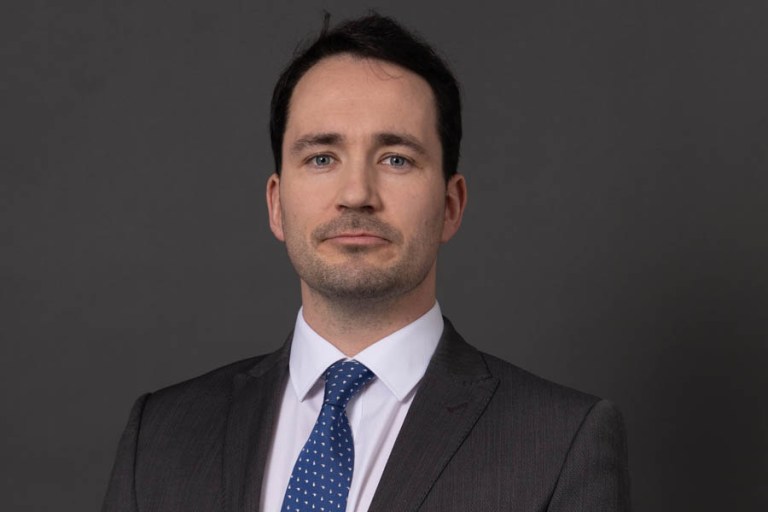Hayes solicitors recently successfully defended an application, under Section 91(3) of the Personal Insolvency Act 2012 (the “Act”), by two debtors who sought to take up a further Protective Certificate within 12 months of the previous Protective Certificate expiring.
The Personal Insolvency Act 2012
Under the Personal Insolvency Act 2012 a Personal Insolvency Practitioner (“PIP”) can apply to the Court for a Protective Certificate on behalf of a debtor. A Protective Certificate remains in force for 70 days but can be extended for a further period of 40 days. The purpose of the Protective Certificate is to allow the PIP time to prepare a Personal Insolvency Arrangement (“PIA”) (or a Debt Settlement Arrangement) and to hold a creditors meeting so that the creditors can vote on whether they accept the proposal.
If the PIA is rejected the PIP can make an application to Court under Section 115A to overturn the decision of the creditors and approve the PIA notwithstanding its rejection by the creditors.
A Protective Certificate will remain in place even if outside the 70 day extended period if there is a pending Section 115A application. The Protective Certificate affords debtors a significant amount of protection from creditors in that no proceedings can be initiated or advanced against the debtor and no enforcement action taken while the Protective Certificate is in being.
Once a Protective Certificate expires, a debtor cannot apply for a further Protective Certificate for a period of 12 months, unless they bring an application under Section 91(3). Section 91(3) provides that in order for the application for a further Protective Certificate to be granted, the Court must be satisfied that the current insolvency of the debtor arises by reason of ‘exceptional circumstances’ or other factors which are substantially outside the control of the debtor and that it would be just to permit the debtor to make a proposal for a PIA.
Background
In this case, the debtors were granted Protective Certificates on 15 July 2019. A creditors’ meeting was held on 1 November 2019. The PIA proposal was rejected by the creditors and the PIP issued an application under Section 115A. The Section 115A application was set down for hearing on 28 May 2020.
Prior to the matter coming on for hearing the debtors indicated that they would not proceed with the Section 115A application on the basis that a new insolvency circumstance had arisen which would mean that even if the Court granted the Section 115A application the debtors would not return to solvency. On 28 May 2020 the Court made an Order upholding the creditor’s objection to the Section 115A application and dismissing the application. The debtor subsequently issued an application under Section 91(3) for a further protective certificate.
The Judgment
The Circuit Court (Judge O’Malley Costello), in refusing the reliefs sought, issued a written judgment that provides very useful clarity on the Court’s approach to such applications.
The judgment noted that there must be an exceptional circumstance, outside the control of the debtor and that it must be just for the application to be granted.
The Judge considered the test set down by the High Court (Ms Justice Baker) in Re: Michael Hickey (No.2) [2017] IEHC 333 and quoted Baker J. as follows:
“The current insolvency of the debtor must be an insolvency which is different, new and not part of or related to the previous failed process.”
The debt which the debtors sought to rely on arose from a High Court Order dated 8 November 2019 where one of the debtors was ordered to repay the sum of €61,957 to a company which he was previously a director of, which was now in liquidation. The debtor claimed that he had not informed his PIP of this debt and Counsel for the debtor argued that until 8 November 2019, i.e. the date of the Order, there was no debt for the debtors to include in the application for a Protective Certificate.
The Judge noted that this debt was not an exceptional circumstance and was not outside the control of the debtor. The Court found that there was no new insolvency, particularly where the debtor was aware of the claim by the liquidator prior to the PIA being presented to the creditors and there was evidence to suggest the PIP was or ought to have been aware of this also. The Court found that the debtor was the author of his own misfortune.
The Judge also considered whether the application was just. Based on the conduct of the debtor, in particular relating to delay in bringing the application, the Judge ruled that granting a further Protective Certificate would be unjust. The Court noted it is required to:
“… look and see whether or not this is a genuine situation where a debtor is seeking to avail of the remedies in an honest attempt to sort out his insolvency in an orderly fashion”
The Judge noted various aspects of the debtors conduct cast doubt on the bona fides of the application.
Commentary
In this case, the debtors had the benefit of a Protective Certificate for a period of 10 months and sought a second period of protection pursuant to a second Section 91(3) application. This case highlights that in practical terms, under the 2012 Act, debtors can bring multiple applications for Protective Certificates, PIA proposals, Section 115A applications and appeals to delay the enforcement of debts which may undermine the effectiveness of judgments and can cause prejudice to creditors. This judgment demonstrates where a Court will exercise jurisdiction to refuse a further Protective Certificate under s.91(3).
Hayes solicitors are experienced in dealing with all aspects of the Personal Insolvency Act 2012 and should you have any queries in relation to any aspect of that Act please contact Joe O’Malley or Michael Kelly on (01) 662 4747 or jomalley@hayes-solicitors.ie and mkelly@hayes-solicitors.ie.

